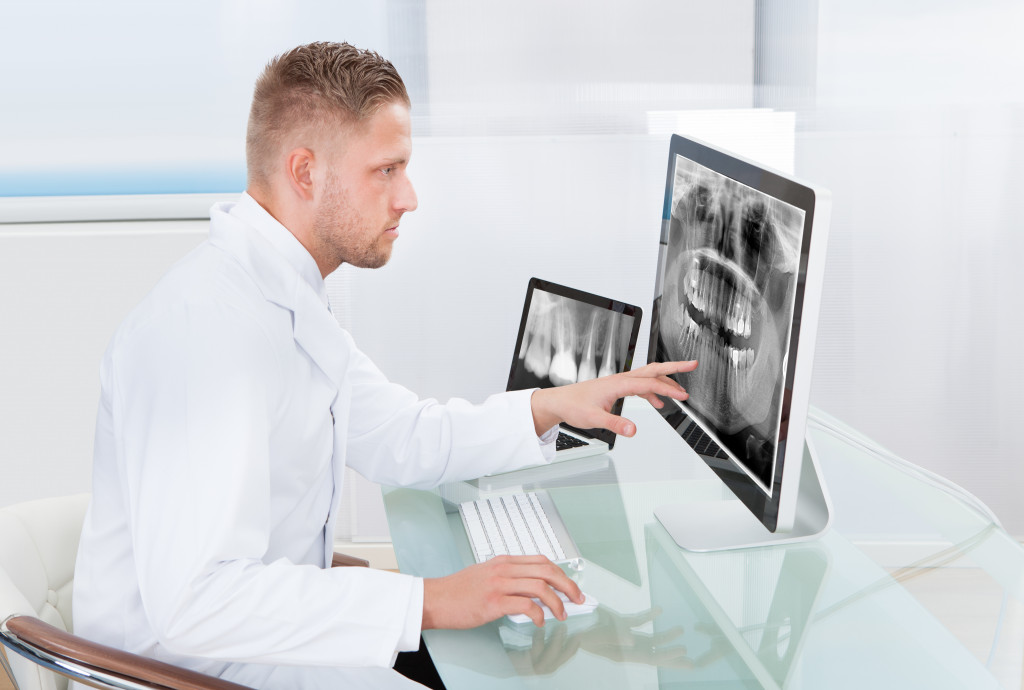Nowadays, people are more health-conscious than ever before. We are constantly bombarded with information about the importance of maintaining a healthy lifestyle. However, even if we eat right and exercise regularly, we can still fall ill. This is where diagnostic procedures come in.
Diagnostic procedures are important for our health because they help detect problems early on. By detecting issues early on, we can often treat them before they become bigger problems. In this article, we will take a look at some of the most common and important diagnostic procedures.
Blood tests
Blood tests play an important role in diagnosing various health conditions. They can be used to assess the function of organs, check for the presence of infection, and identify markers for disease. Common blood tests include those for cholesterol and glucose levels and tests to measure levels of red and white blood cells. In some cases, blood tests may also be used to screen for genetic conditions.
While blood tests are generally safe and quick to administer, they carry some risks. These include pain or bruising at the injection site and the rare risk of developing an allergic reaction to the needle or the substances used in the test. Despite these risks, blood tests remain important for diagnosing and monitoring many health conditions.
X-rays
Medical x-rays are an important diagnostic tool that can provide invaluable information about our health. X-rays are high-energy electromagnetic radiation that can penetrate our bodies, allowing doctors to get a clear view of our internal organs and structures.
X-rays are typically used to diagnose problems with the bones and joints, but they can also be used to examine the lungs, heart, and blood vessels. In addition, x-rays can be used to detect cancers, tumors, and other abnormal growths. While x-rays are generally safe, there is a small risk of radiation exposure, so it is important to only have x-rays when they are medically necessary.
MRIs

Magnetic resonance imaging (MRIs) is a radiology technique that uses magnetic fields and radio waves to generate highly detailed pictures of the body’s interior. MRIs are often used to diagnose problems with the brain, spine, joints, and other internal organs.
They can also screen for cancer and monitor the progression of diseases such as Alzheimer’s and Parkinson’s. MRIs are generally safe and do not involve exposure to ionizing radiation. However, they can be uncomfortable for some people and may cause claustrophobia.
Endoscopy
Endoscopy is a procedure used to examine the inside of the body. An endoscope is a long, thin tube with a camera and light at the end. The endoscope is passed through the mouth and down the throat. The camera gives the doctor a close-up view of the inside of the body. Endoscopy can look for problems in the stomach, intestines, and esophagus. It can also be used to take biopsies (tissue samples) or remove polyps (growths).
Endoscopy is a safe and painless procedure that can be done in an outpatient setting. It is important to have an endoscopy if you are experiencing symptoms such as abdominal pain, bleeding, or difficulty swallowing. Endoscopy is also an important diagnostic tool for cancer screening. If you have any concerns about your health, talk to your doctor about whether endoscopy is right for you.
CT scans
A CT scan is a diagnostic medical test that, like x-rays, creates multiple images or pictures of the inside of the body. But unlike x-rays, CT scans are more detailed because they account for variable densities of tissue and structures. This advantage provides greater accuracy and precision when identifying abnormalities. A CT scan can define normal and abnormal structures in the body, including bones, muscles, fat, and organs. CT scans are also used to guide procedures such as needle biopsies, in which small tissue samples are removed for examination.
CT scans are generally safe, accurate, and reliable. But as with any medical procedure, there are some risks associated with CT scans. These risks are usually related to exposure to ionizing radiation. The amount of radiation a person is exposed to during a CT scan varies depending on the type of scan being performed and the specific circumstances. Overall, the risks associated with a CT scan are low compared to other diagnostic tests that use ionizing radiation, such as conventional x-rays.
Final Thoughts
Diagnostic procedures are important because they can help us detect health problems before they become bigger issues. Some of the most common diagnostic procedures include blood tests, x-rays, and MRIs. While each procedure has its own risks, they are generally safe and painless. If you have any concerns about your health, talk to your doctor about which diagnostic procedure is right for you.



